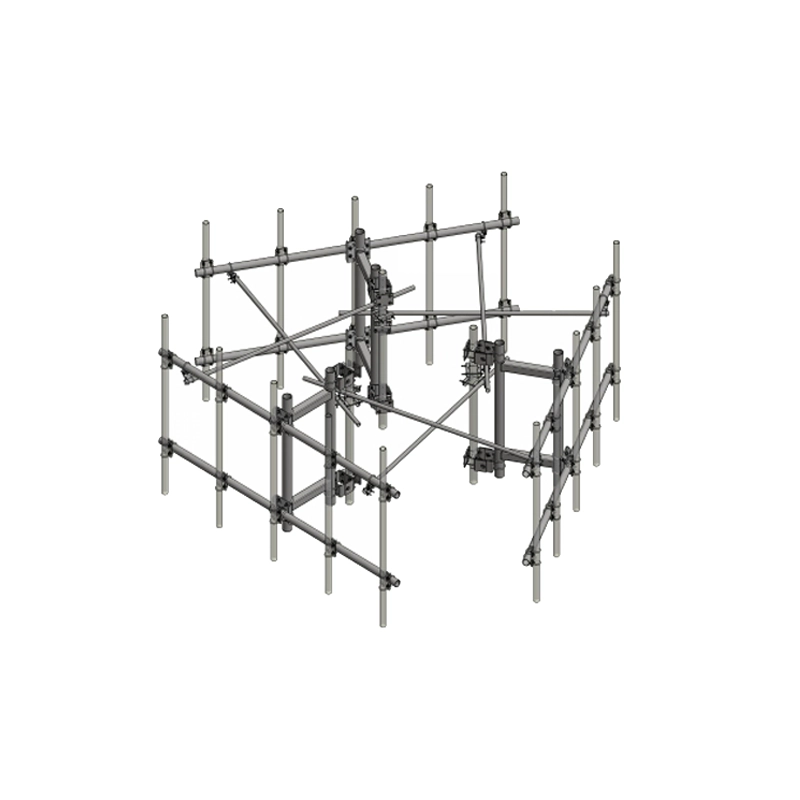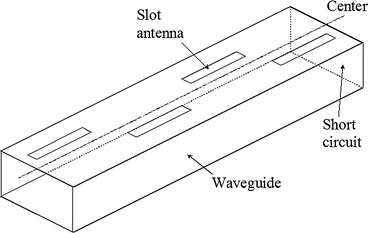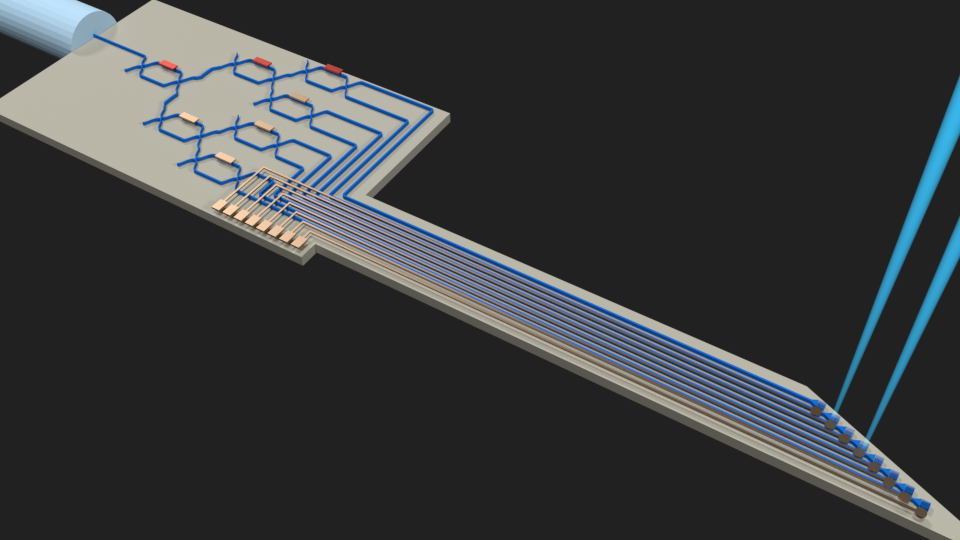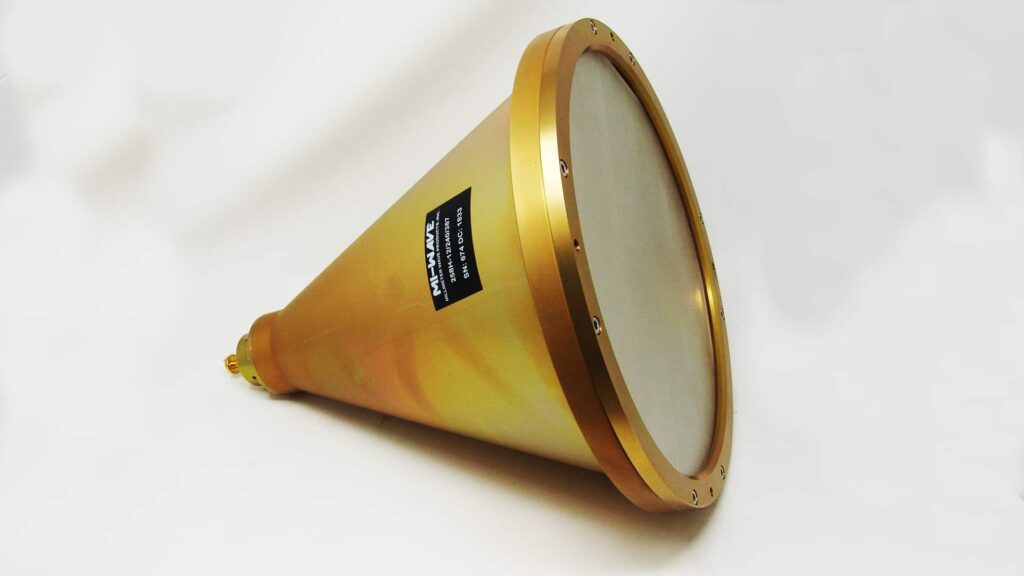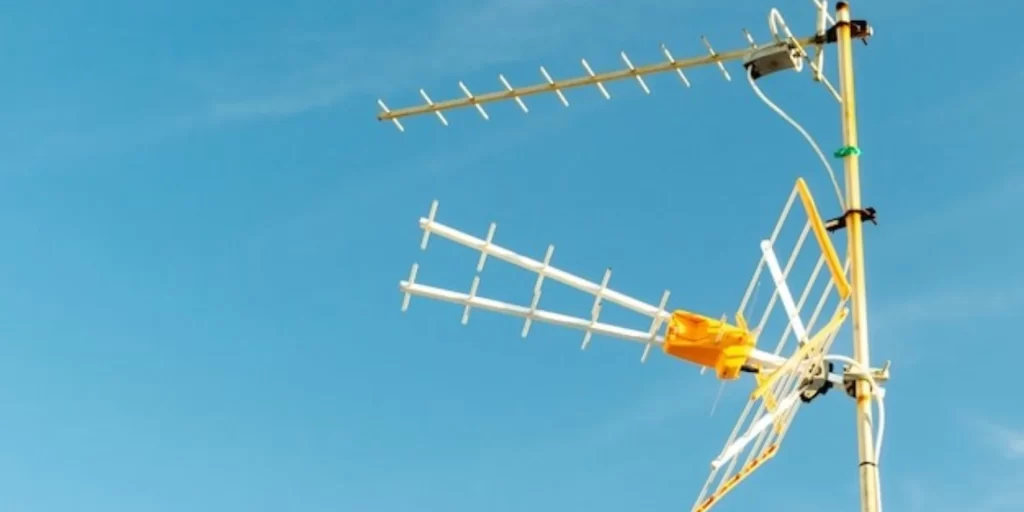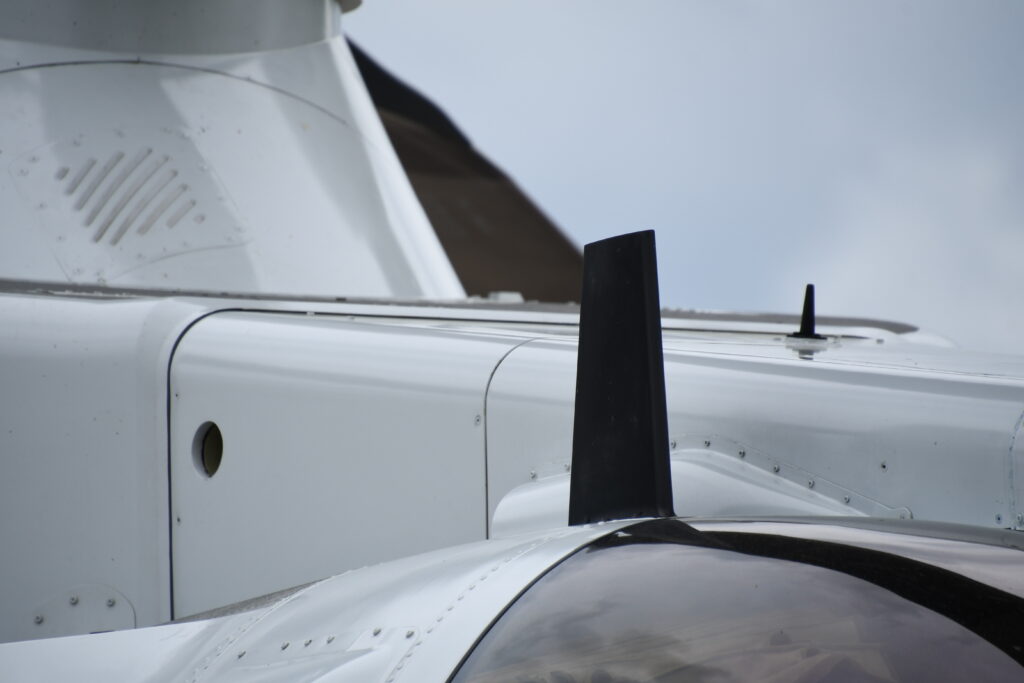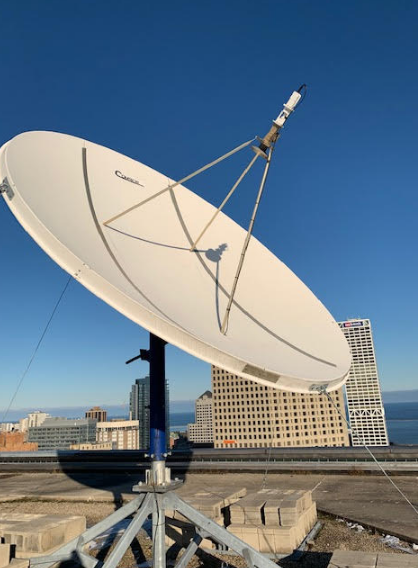Sectoral Antenna Maintenance | 7 Base Station Fixes
Maintenance of satellite parabolic antenna includes special inspection of WR-15 flange sealing surface (aluminum chips > 50μm will create VSWR > 2.1), substitution of the polytetrafluoroethylene support ring with a torque wrench of 35N·m (the dielectric constant must be maintained at 2.1±0.05), and helium leak detection according to MIL-STD-188-164A standard (threshold 5×10⁻⁸ atm·cc/sec). After level […]
Sectoral Antenna Maintenance | 7 Base Station Fixes Read More »

